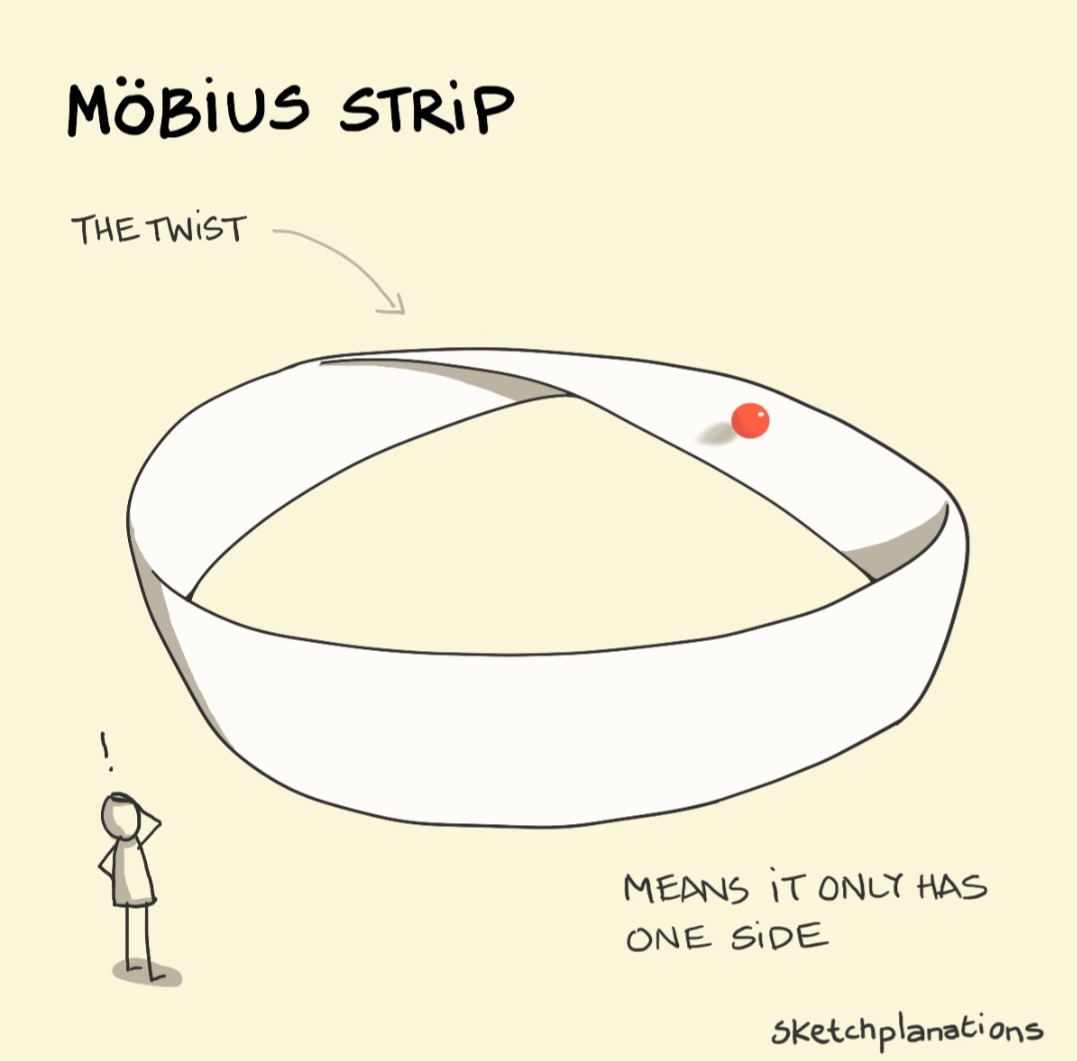I have a magical children’s fantasy land, which is bordered by mountains on its northern side. I want to make it so that anyone travelling too far north is likely to enter one of many trap pocket dimensions which are easy to walk into but extremely difficult to exit; once you’re inside, the outside edges wrap around and you find yourself back where you started if you keep travelling. This is likely to be fatal, unless the traveller happens to be in a pocket with a stream and a food supply and shelter and enough supplies to survive.
Now, it’s a magical kingdom, and things don’t have to obey the laws of physics, or be 100% coherent. But I do want it to be conceptually coherent enough that I can give narrative explanations for plot events and give magical locations rules that are applied relatively consistently, locally if not globally. You could say (correctly) that I have local ad hoc physical laws specific to individual locations.
So, what I’m wondering is, is there a geometry or geometric analogy that can explain/model the rules of a location where you can enter in on foot but not enter out (except at one point, if travelling in one specific direction or with a particular velocity/acceleration), while being able to continue to travel in one direction for a long time or indefinitely?
EDIT: The first comment here is quite possibly a sound suggestion: A fish trap (I had the inside of a plastic bottle in mind, which I think is the same). It's easy enough to analogise the situation as, "You feel like you're walking straight ahead, but you're actually walking around the inside of the walls". The problem for me with this suggestion is that so far I don't know what using the exit looks like in-universe, as opposed to walking across the exit without actually going through it.









